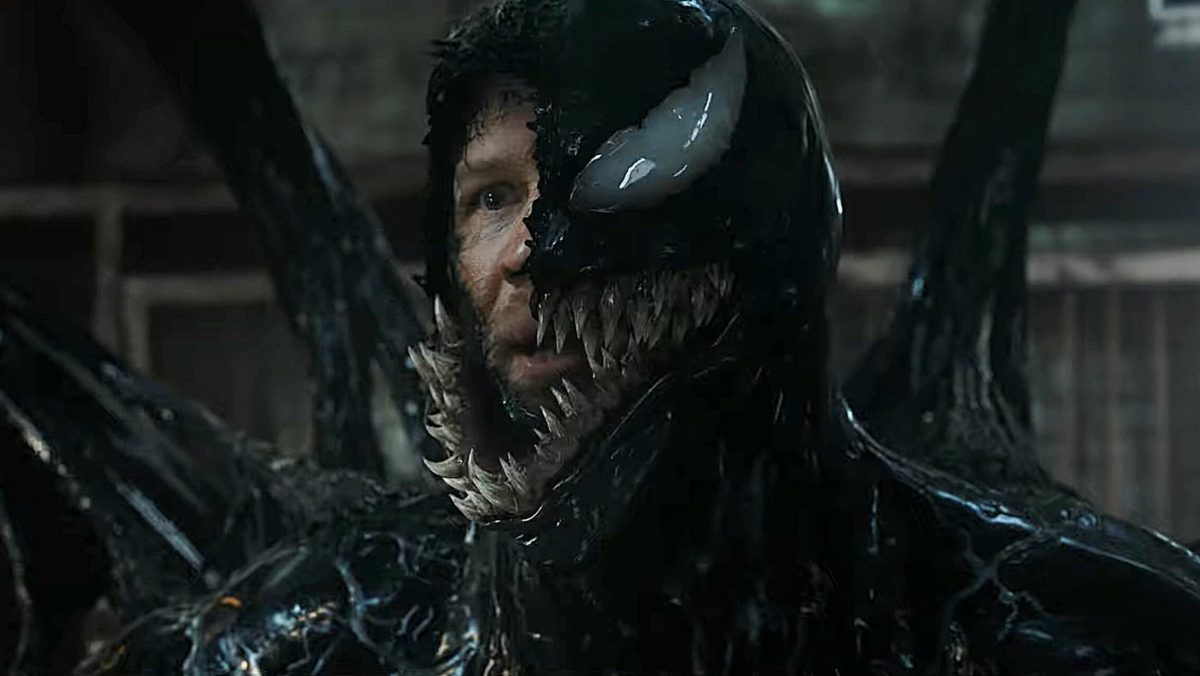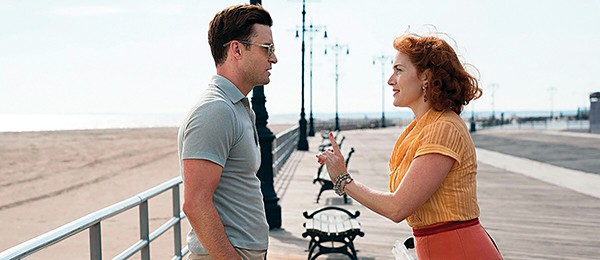It’s Halloween weekend, so there’s plenty of scary stuff on the big screen this weekend. Let’s get to it!
Venom: The Last Dance
Tom Hardy returns for the third time as Eddie Brock, a former journalist who is the host for an alien symbiote named Venom. After defeating Carnage in the last film, he’s now on the run from the law in Mexico. But the man he’s accused of murdering is still alive, and the folks at Area 51 (Chiwetel Ejiofor and Juno Temple) are also looking for him, because the creator of the symbiotes, Knull (Andy Serkis), is on his way to Earth.
Your Monster
If you like your monsters a little friendlier, this indie rom com is the movie for you. Melissa Barrera is Laura, a young woman who survived cancer, only to have her boyfriend Jacob (Edmund Donovan) break up with her. As she’s trying to deal with all this trauma, a monster (Tommy Dewey) appears in her closet. And you know what? He may be boyfriend material.
I AM
Memphis filmmakers Jessica Chaney and Amanda Willoughby’s film about the mental health struggles of Black women will debut on WKNO on Friday, October 25th. The film, which was a hit at last year’s Indie Memphis Film Festival, is also screening at MoSH on Saturday, October 26th at 4 p.m., accompanied by a panel discussion with the film’s stars, Dr. Crystal DeBerry (Licensed Therapist), Angela Sargent (Educator), Angel Coleman (Hairstylist & Business Owner), and Jacqueline E. Oselen (wellness coach & certified Yoga Instructor), moderated by Indie Memphis programmer Kayla Myers. It’s free, but you’ll need to RSVP here.
Crosstown Fright-Tober
Crosstown Theater concludes their Fright-Tober series with a double feature on Saturday, October 26. First up is an all-time classic from Universal Pictures, The Creature from the Black Lagoon. Here’s one of the most famous sequences from the 1954 film, a landmark in underwater photography. That’s actor Ricou Browning holding his breath for 4 minutes per take in the Gill Man suit.
The second film of the double feature is 1981’s Evil Dead. Filmed in Tennessee, it’s a horror classic that launched the careers of director Sam Raimi, Bruce Campbell, and, indirectly, the Coen Bros. Later films in the series, like Army of Darkness, pioneered modern horror comedy, but Evil Dead is legit scary and over-the-top as all hell.
Haxän with Alex Greene and the Rolling Head Orchestra
One of the most influential horror films ever made is Haxän, director Benjamin Christensen’s hybrid documentary about the witch hunts of Europe in the Middle Ages. The recreations of black sabbath celebrations (with Christensen himself playing Satan) and inquisitions provide indelible images that have resonated through the decades. Wednesday, October 30th at the Crosstown Arts Green Room, Memphis Flyer music editor Alex Greene and his Rolling Head Orchestra with reprise the theremin-heavy live score he composed for the silent film, which was commissioned by Indie Memphis in 2022. I was there the first time, and it was awesome!

